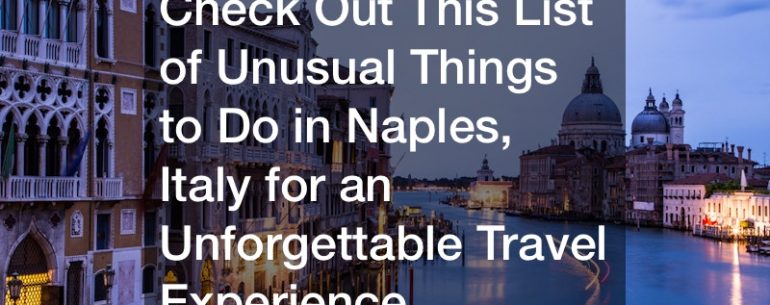Unusual things to do in naples italy h3>
Fontanelle Cemetery was established in the 1500s. It’s an ossuary as well as a charnelhouse located in Materdei. The Spanish arrive in Spain around 1598. There were numerous questions regarding the care of the deceased. Many cemeteries in the area were filled to the limit. Also, the custom of interring the remains of your loved ones in church prompted more inquires regarding the best method to create space for dead bodies to be buried in these catacombs. Fontanelle Cemetery was a place where the remains of those who had died earlier, a process quietly begun by church members desperate for an additional area to accommodate the wishes of their parishioners.
In 1872 under Father Gaetano Barbati’s direction, a plan began to deconstruct and document the scattered remains of skeletons over many centuries. This included the mass grave of the plague from 1656. After that, Fontanelle became an unofficial resting site for immigrants from the city. The cemetery is now a heritage site, offering the most fascinating and disturbing experience for people looking to learn more about the historical arc of death.
The Royal Palace of Naples Shows The Story of Spanish Rule in Italy
The Royal Palace of Naples was an official residence for the Spanish regent of southern Italy. In the early 1800s until around 1861 Spain had a monopoly over much of Italy south of Rome in the form of the Kingdom of Southern Italy and then as the Kingdom of the Two Sicilies as it began to be pushed out during the 19th century. The final victory of the King Victor Emmanuel over Spain was in 1861. The King unified the nation and made Naples the Palace of Naples his summer base.
In the wake of his demise after his death, the Italian government took the decision to make the palace be devoid of any government functions and that it would be transferred in the National Library, becoming a museum. The museum became a place of gathering for Italian Patriots, and also a key center for urban life. The museum is open for guided and self-guided tours. Mario Epifani is the museum’s director. According to him, the museum extends over different continents.
wyef6gvfka.
